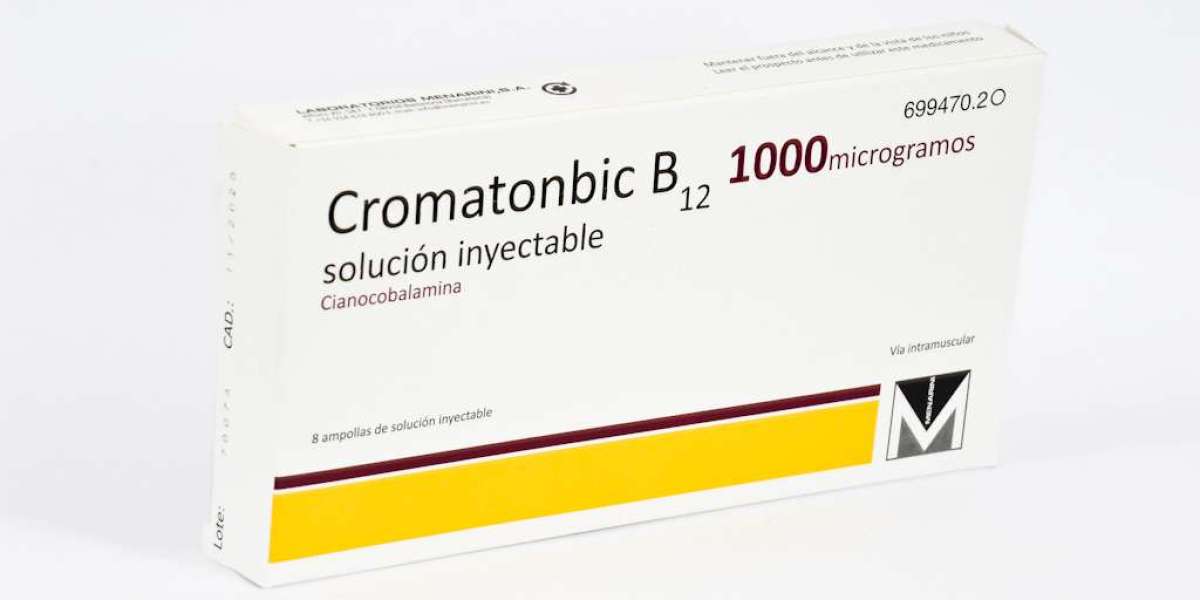Introduction
Trademark prosecution is a critical process for obtaining and maintaining legal protection for trademarks. In Australia, it involves navigating through detailed examination procedures, responding to objections, and ensuring compliance with intellectual property laws. This article provides an in-depth look at the trademark prosecution process in Australia, with guidance from experienced IP Attorneys Australia, highlighting the key steps and strategies to secure trademark registration successfully.
The Trademark Prosecution Process
- Filing the Application
Trademark prosecution begins by submitting a trademark application to IP Australia. Essential elements of the application include:
- A clear representation of the trademark (e.g., logo, wordmark, or slogan).
- A description of the goods or services associated with the trademark.
- Applicant details and payment of the required fees.
The filing date is significant as it establishes the priority of the applicant’s rights over others who may file later for a similar mark.
- Examination of the Application
After submission, IP Australia examines the application to ensure it meets legal requirements. The evaluation focuses on:
- Distinctiveness: Whether the trademark is unique and not generic or descriptive.
- Regulatory Compliance: Adherence to Australian trademark regulations.
- Conflict Check: Ensuring the trademark does not infringe on existing registered trademarks.
This step is crucial in determining whether the application can proceed or if issues need to be resolved.
- Responding to Office Actions
If IP Australia identifies objections, they issue an office action detailing the issues. Common objections include:
- Lack of distinctiveness.
- Similarity to existing trademarks.
Applicants must respond within the stipulated time frame by addressing these objections, amending the application, or providing arguments and evidence to support the trademark’s registration.
- Amendments and Arguments
To overcome objections, applicants can:
- Amend the Application: Modify the description or scope of the trademark.
- Provide Evidence: Submit proof of the trademark’s use in the market, demonstrating its distinctiveness and association with the applicant.
- Legal Arguments: Highlight why the trademark meets the criteria for registration, differentiating it from conflicting marks.
Expert assistance from trademark attorneys is often beneficial at this stage.
- Publication and Opposition
Once the application passes examination, it is published in the Australian Official Journal of Trade Marks. This begins a two-month opposition period, during which third parties can object to the registration on grounds such as prior rights or potential infringement.
- If oppositions are filed, the applicant must defend their application by responding to the claims.
- If no oppositions arise, or objections are resolved, the trademark proceeds to registration.
- Registration and Maintenance
Upon successful prosecution, the trademark is officially registered, granting the applicant exclusive rights to its use for the goods or services specified. A certificate of registration is issued, and the trademark must be:
- Renewed Every Ten Years: To maintain protection and exclusivity.
- Monitored for Infringements: Proactive enforcement of trademark rights helps preserve its value.
- Managing Registered Trademarks
Post-registration, managing the trademark includes:
- Regularly monitoring for potential infringements by competitors or unauthorized users.
- Taking legal action if necessary to enforce rights.
- Keeping accurate and updated records, such as licensing agreements or changes in ownership, to maintain the trademark’s integrity.
Conclusion
Trademark prosecution in Australia is a systematic yet complex process essential for protecting your brand’s identity and intellectual property. By following the steps—filing the application, responding to office actions, managing oppositions, and maintaining the trademark—you can secure long-term protection for your trademark.
Partnering with experienced trademark attorneys, like Lexgeneris, simplifies this process and ensures compliance with Australian trademark laws, offering comprehensive protection for your intellectual assets.
For insights into a related field, explore our guide on How to Become a Patent Attorney, and discover opportunities in intellectual property law.



